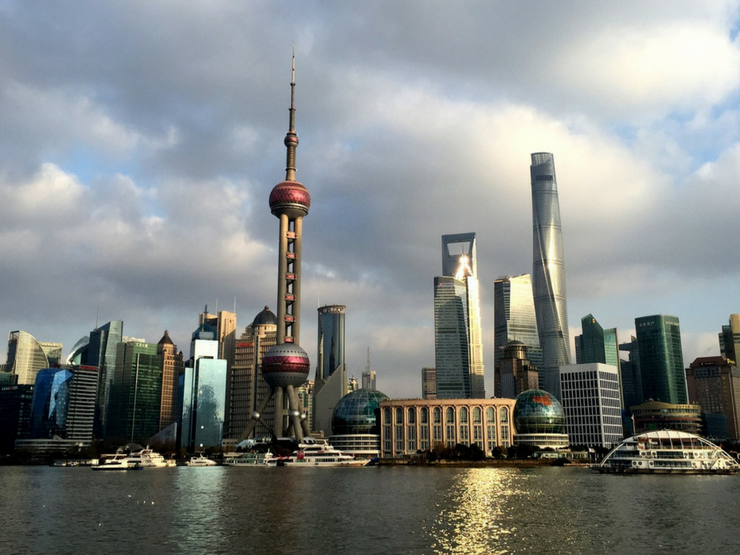NAB’s Wellbeing Index rebounded solidly in the June quarter, after falling to its lowest point in the history of the survey. Pressures remain. But the effort required has eased.


Report
Suppliers are still searching for demand.

For further details, please see China’s economy at a glance – June 2020.
© National Australia Bank Limited. ABN 12 004 044 937 AFSL and Australian Credit Licence 230686.